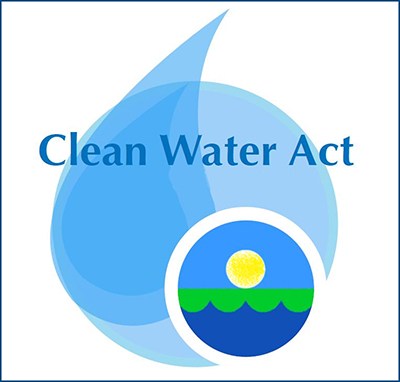The U.S. Environmental Protection Agency (USEPA) recently proposed new requirements for certain facilities to plan for worst-case discharges of Clean Water Act (CWA) hazardous substances. A worst-case discharge is the largest foreseeable discharge in adverse weather conditions. Facilities subject to the proposed rule are required to prepare response plans for worst-case discharges, or threat of such discharges, and submit them to USEPA. This action advances the USEPA’s goal of addressing climate change by appropriately adapting planning efforts.
The response plan requirements are an important tool for communities and first responders to ensure preparedness in the event of a worst-case discharge of hazardous substances. The proposed rule discusses the various components that comprise response plans, including hazard evaluation, personnel roles and responsibilities, response actions, and drills and exercises.
The proposed rule would apply to facilities that could reasonably be expected to cause substantial harm to the environment, based on their location. These include industrial facilities with a maximum capacity on site of any CWA hazardous substances that meet or exceed established threshold quantities, are located within a half mile radius of navigable water or a conveyance to navigable water, and that meets one or more substantial harm criteria.
The proposed action considers increased risks of worst-case discharges from climate change as well as impacts to communities with environmental justice concerns. The USEPA is soliciting comment on additional strategies to take these concerns into account.
Additional information about the proposed rule can be found on the USEPA website. Public comments on the proposed rule will be accepted for 60 days after publication in the Federal Register. Comments can be submitted at Regulations.gov.

